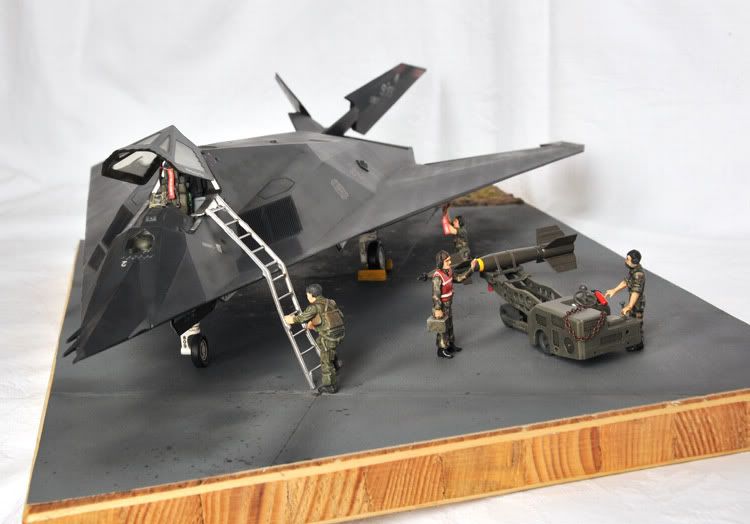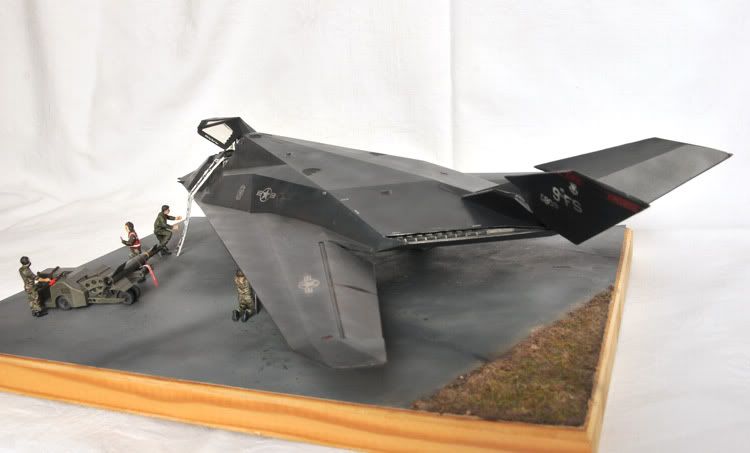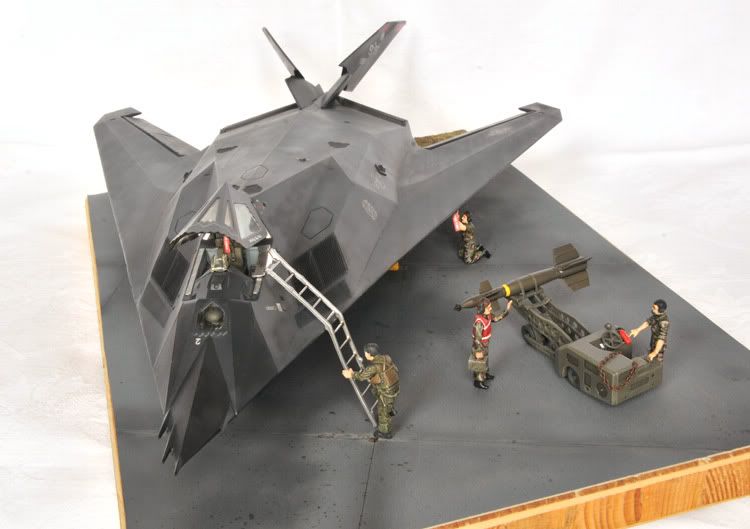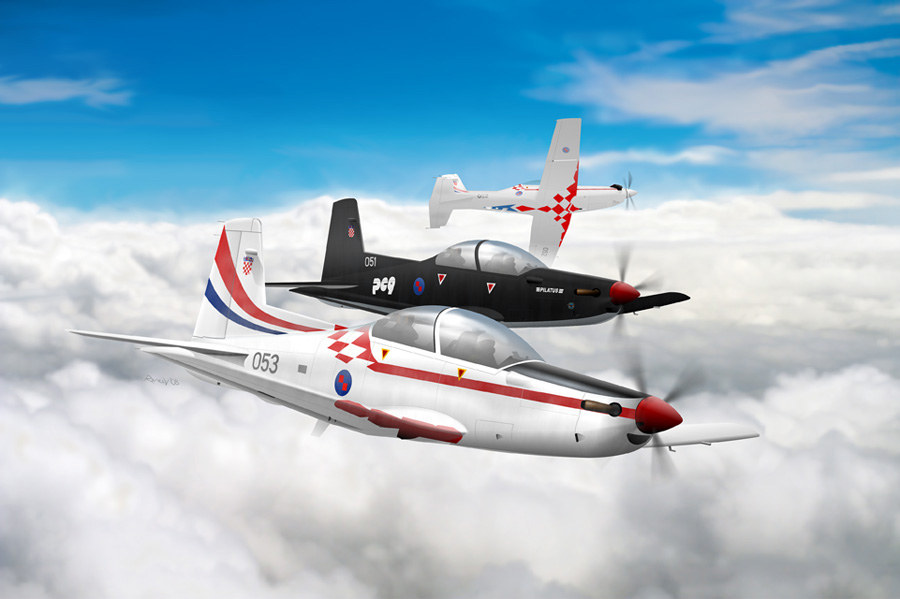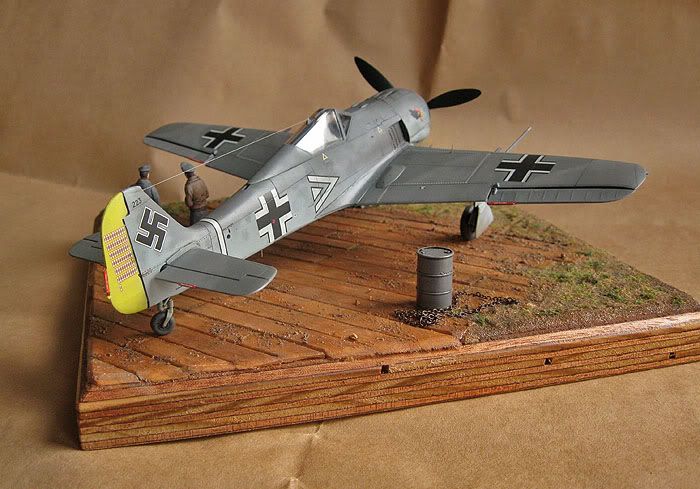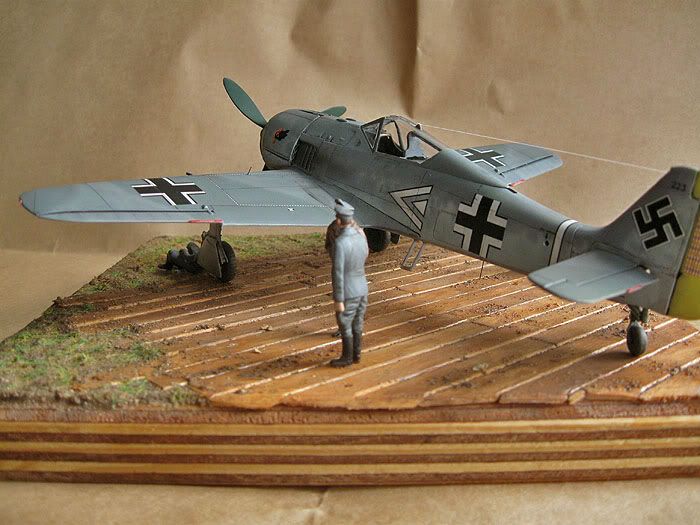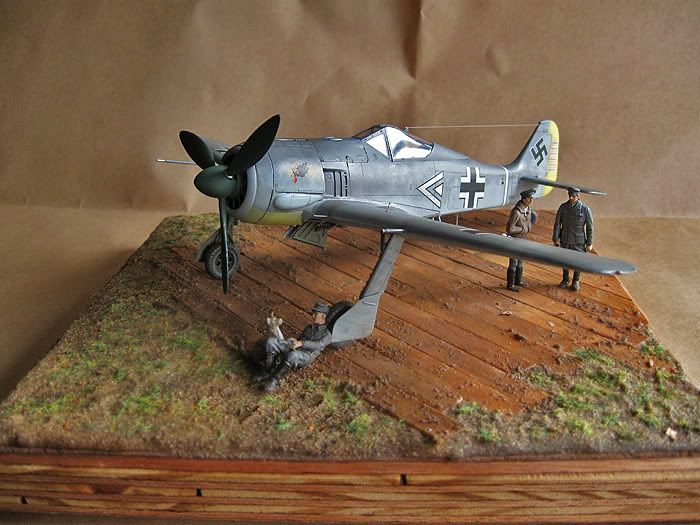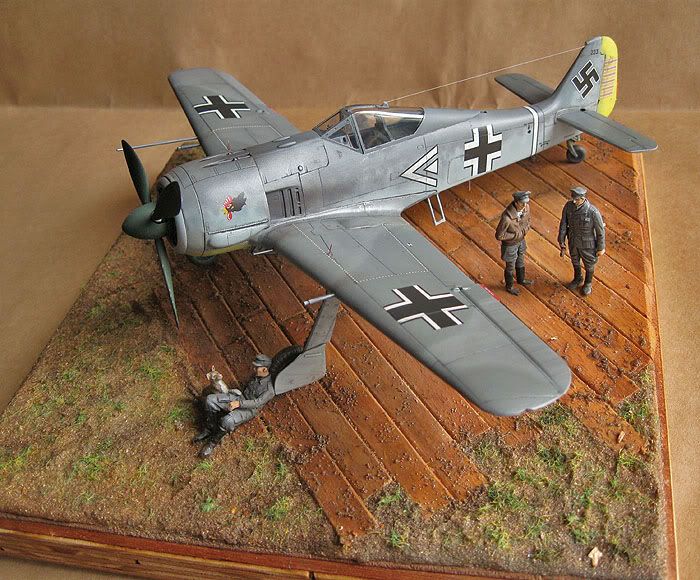

Xara-X
Vectors only
Super Etendard used by Corvette Captain Roberto Curilovic on May 25th 1982 against the MV Atlantic Conveyor. He is going back from the mission without Exocet. Roberto Curilovic is of Croatian descent.
On May 25th 1982, the Argentine radars in Puerto Argentino could define a possible target placed 176 kms (110 miles) Northeast of Puerto Argentino. At 7:30 this data arrived at Río Grande, and a mission was programmed for 9:00 hrs, but it was delayed until the evening due to the lack of a KC-130H to refuel the planes in flight. Finally both Super Etendards took off from Río Grande at 14:28 hrs and set their course to a meeting point with the KC-130H at 256 kms (160 miles) East of Puerto Deseado. The Argentine leader, Corvette Captain Roberto Curilovic, (call sign 'Tito') flew the Super Etendard 0753/3-A-203, and the wingman, Warship Lieutenant Julio Barraza, (call sign 'Leo') did so with the 0754/3-A-204.
Curilovic and Barraza met the KC-130H in the planned time and place, and after the refueling, both set their course to the South East, right to the target (at this time 480 kms away - 300 miles). When they were at 240 kms (150 miles) of the target coordinates began to fly in at only 8 or 10 meters over the sea. Both pilots found the target exactly where the radars had predicted (58º 38' South, 56º 8' West), and they loaded the coordinates in the weapon system, launched the Exocets at 16:31 hrs and turned back. After a second meeting with the tanker, they returned to Río Grande at 18:38 hrs. It was the longest range mission of the Super Etendard. They flew 2,592 kms (1,620 miles) during 3 hours and 50 minutes. According to British sources, the Exocets hit the cargo ship MV Atlantic Conveyor at 16:36 hrs and the ship caught fire and sank in a couple of hours. It was the greatest logistic loss suffered by the British Task Force 317, because the Atlantic Conveyor was carrying tents for 5,000 men, at least ten helicopters (three Chinooks HC.1 of the 18th Sqdn. RAF, six Wessexs HU.5 of the 848th Sqdn. RN, and one Lynx HAS.2 of the 815th Squadron RN), spare engines and pieces for the Harriers, a plant to make sea water drinkable, and the materials to build a mobile runway for the Sea Harriers. In the wreckage also 12 British sailors were killed, including Ian North, the captain of the Atlantic Conveyor.


